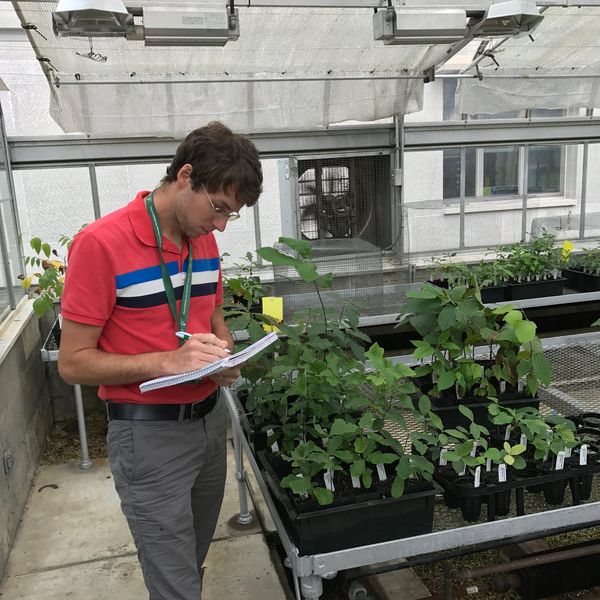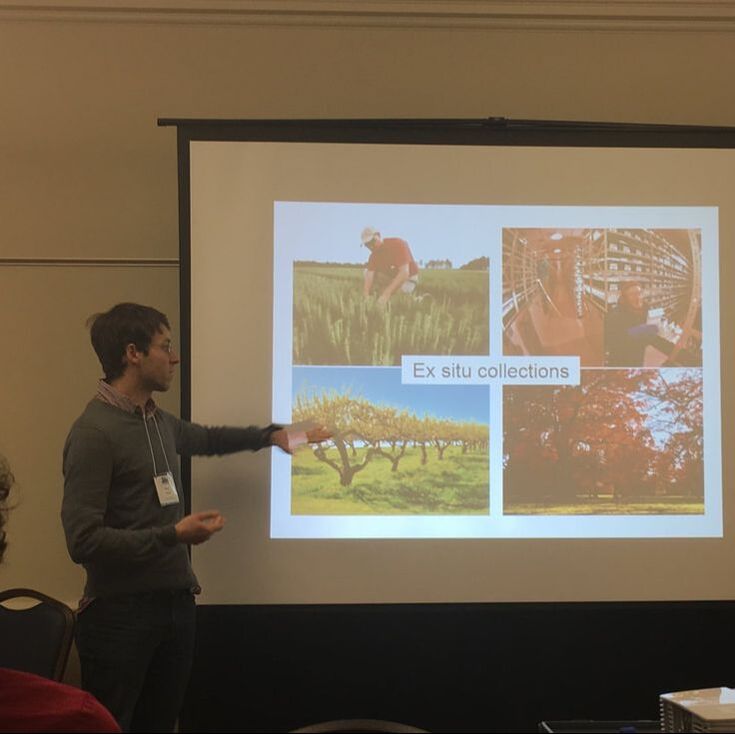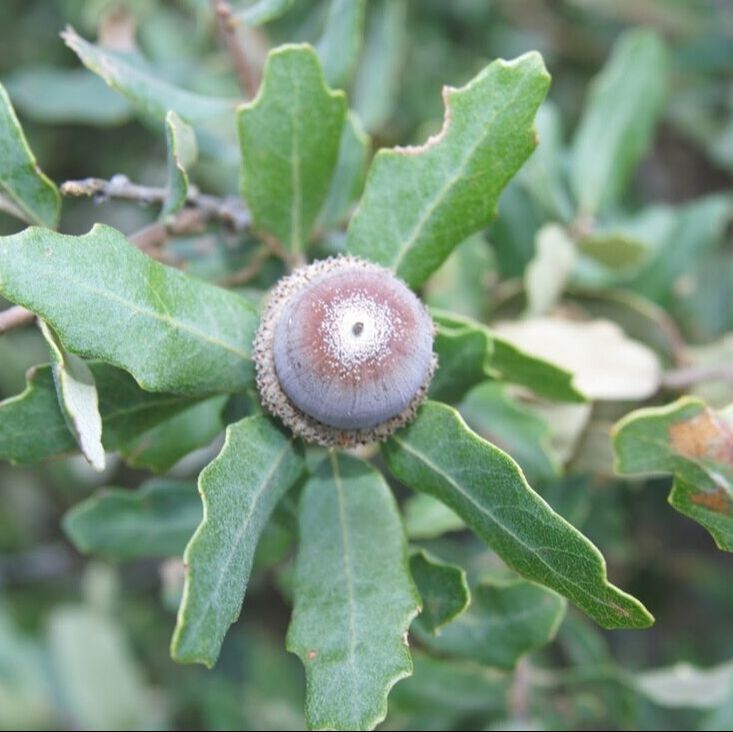Vision
A world in which biodiversity can thrive, evolve, and support nature and society in an era of rapid changes.
Mission
We develop the knowledge and tools to strengthen conservation action, and ensure adaptive capacity and resilience of biodiversity. We make discoveries, test novel methods, establish data-driven guidance, and engage with stakeholders to put our science to applied use:
|
Discovery
Use ecology, genetics, and computational biology to understand how species and populations respond to past and present environmental change. |
Novel Methods
Pioneer, evaluate, and apply new approaches in conservation science, especially for measuring progress, incorporating values, and prioritizing actions. |
Guidance
Establish data-driven and practical recommendations for conservation, especially best practices for botanic gardens, seed banks, and ecological restoration. |
Translation
Connect with and work alongside diverse groups locally and globally to translate scientific knowledge into conservation policy and practice, and participate in decision making processes. |
Values
We are LEARNERS
We are COLLABORATORS
We are CONSERVATIONISTS
We are DIVERSE AND WELCOMING
- We push each other to do our best, in a supportive way. We strive for excellence; build our skills, abilities, and confidence; and become leaders in our field. We celebrate learning and growth. For example:
- We spend time on professional development, participate in skill development, and present our work frequently to others.
- We consider new or challenging ideas, and try to expand and learn about others' perspectives. We say "yes, and tell me more".
- We support mentorship - everyone in the lab should always have a mentor and be a mentor. For example:
- We have integrated mentorship, such as post-docs mentoring research assistants, and research assistants mentoring undergraduates.
- We work hard on clear communication, and participating and engaging during meetings, and follow through. For example:
- In most lab meetings, everyone speaks and has equal time. We actively listen, encourage, and build on what others say. We encourage everyone to ask questions, and to not worry about sounding or looking smart when asking questions.
- All meetings have agendas, and finish with clear action items.
We are COLLABORATORS
- We value teamwork and encourage lab members to learn about and help with others’ projects. For example:
- Lab members frequently contribute to one another’s papers as co-authors, contributing complementary skills and analysis
- In lab meetings, members share skills they are specialized in to the whole lab.
- We value open science, data, and communication, transparent decision making, and fair attribution of contribution/participation. For example:
- We use GitHub, Dryad, open access publication (when we can afford it) and we have written lab authorship guidelines.
- We value and actively seek diversity of backgrounds, perspectives, and people in our collaborations. For example:
- Our 200+ co-authors come from dozens of countries on six continents, representing academia, non-profits, government and industry. Many projects and initiatives have 50% or greater women, including in leadership positions.
We are CONSERVATIONISTS
- We choose research projects and topics to be in line with our mission. We value and make efforts to translate our work to stakeholders. For example:
- We devote significant time to training, advocacy, knowledge sharing, and creating best practices, via work with GEO BON, the Center for Plant Conservation, the Global Conservation Consortia, the IUCN, federal agencies, and more.
- We work with on the ground partners informing species conservation for several rare oaks.
- We keep conservation, sustainability, and justice in mind throughout our daily work. For example:
- We contribute work time to committees on sustainability and diversity, and commit lab meetings to discussing these topics.
- We keep our carbon footprint in mind for travel and opt for virtual formats when appropriate.
- We consider social and environmental impacts in lab purchases.
We are DIVERSE AND WELCOMING
- We are scientists and people, and encourage and promote emotional, mental and physical health, and work/life balance. For example:
- We take vacations, strongly discourage email responses during nights and weekends, enjoy the beauty of the Arboretum, and try to take moments of rest.
- We value the best utilization of each person’s time, talents, passion and knowledge and strive to match team members to projects of their choice and abilities, while exposing them to new skills and techniques they are looking to acquire.
- We strive to be a place of psychological safety. We respect all team members’ opinions. We do not tolerate harassment. For example:
- We ‘open up’ in lab meetings and share our problems, worries and disappointments. We respect opinions from all.
- We value and promote diversity. For example:
- We aim to appreciate and understand non-traditional approaches to knowing, including indigenous and local knowledge holders. We support The Arboretum’s land acknowledgement, and try to include land acknowledgements in our talks
- We strive to create a culture of inclusivity, and recognize we are all responsible for doing better.
How do we create our lab vision, mission, and values?
For six months in spring and summer of 2021 our lab collaboratively developed our vision, mission and values. Like much of our work, this was truly a group effort. We revised this as a group in the summer of 2022. We plan to revise this every 1 to 2 years.



